Are you wondering exactly what are foster parents not allowed to do with foster children? Foster care rules set clear boundaries, such as banning foster parents from sharing kids’ pictures on social media.
This blog clearly explains 9 critical rules every caregiver must follow, helping you avoid mistakes and keep your foster child safe. Read on for details every responsible foster parent needs to know.
Key Takeaways
Foster parents can’t share pictures of a foster child’s face on social media or use their names in newspapers, keeping their identity private and safe.
Before changing a foster child’s look—like haircuts, new hair colors, or piercings—foster parents must get approval, especially for kids under 12 and children with Native American backgrounds.
Kids younger than 12 can’t be left alone at home, and foster parents must hire agency-approved babysitters who are at least 18 years old.
Foster parents have to stick to required vaccination schedules and make sure kids receive medical care, even if this conflicts with personal beliefs.
Each foster child must have their own bed—co-sleeping isn’t allowed—and foster parents need agency permission before crossing state or country lines.
Table of Contents
Restrictions on Sharing Foster Children’s Information

Foster parents must guard their foster child’s privacy on social media and other public spaces. The rules exist to protect kids from risks like identity theft and contact from unsafe people.
No sharing faces on social media

The U.S. Department of Health & Human Services clearly sets the rules for posting images of foster kids online. Platforms like Instagram, TikTok, and YouTube cannot feature photos showing a foster child’s face.
These guidelines protect kids’ online privacy and personal safety. Potential dangers include unwanted contact from unsafe birth parents or exposure to threats like sex trafficking.
Many foster children have already faced trauma, and putting their images online publicly could increase their emotional distress.
Parents still have plenty of options for capturing special moments without breaking privacy rules. Creative ideas include using digital stickers, playful emojis, or simply cropping out faces from images—making memories private yet meaningful.
The foster care system prioritizes these rules because a child’s safety and identity matter far beyond social media likes or reactions. Protecting children is always more important than sharing adorable pictures with friends or followers.
Protecting a foster child’s digital identity is just as important as providing them physical safety in your home.
Want more helpful tips on handling these social media rules? Check out foster parent training programs for useful guidelines on proper online practices.
No publishing names or photos in newspapers
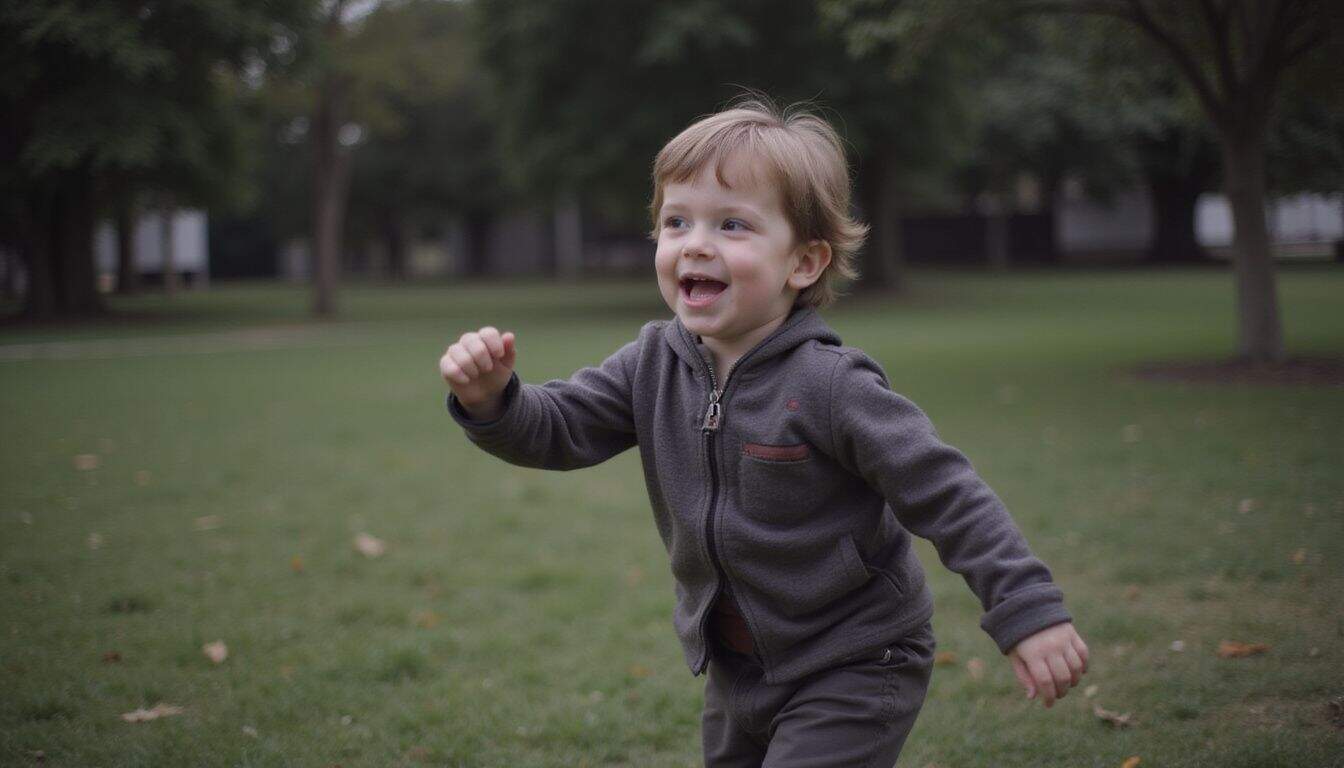
Foster parents must never share their foster child’s name or picture in the newspaper. This rule protects kids from unwanted attention—and even potential dangers. The Department of Health & Human Services strongly advises against sharing any details that could reveal a child’s identity.
Even small-town newspapers can spread information far wider than people expect—I learned this firsthand as a foster mom. That kind of exposure could possibly lead to bullying at school, or worse, enable biological parents with restricted visits to track the child’s whereabouts.
Protecting privacy is especially important for children who have already experienced trauma, neglect, or abandonment. Newspapers reach large audiences and stay on record for years.
Articles can affect a child’s sense of security and self-worth long after publication. Social workers take privacy rules extremely seriously; they can—and sometimes do—remove children from homes that break the rules.
Next, we’ll look into why foster parents aren’t allowed to alter a child’s appearance without proper permission.
Rules Around Foster Child’s Appearance

Foster parents must respect strict rules about changing a child’s look. Many agencies ban cutting hair, dying it, or getting piercings without proper approval first.
No drastic changes to appearance without permission

If you’re a foster parent, always ask clearly before changing your foster child’s appearance. You can’t just decide to cut or color their hair, or even pierce their ears, without explicit approval.
For kids younger than 12, these rules stay firm—even if the child says they want the change. This approach protects their personal privacy and supports their self-esteem, helping youth feel safe and respected.
Teens aged 12 or older have more freedom to choose their hairstyle, as long as it fits within school or work guidelines. And if the child is Native American, the Indian Child Welfare Act provides extra cultural protection.
Under this act, getting permission before any haircut is absolutely necessary to respect their identity and heritage.
Many children in foster care have dealt with trauma in their past. Even small, sudden changes in appearance—like a new haircut—can cause stress or anxiety. Staying sensitive to these feelings helps foster kids feel secure.
Thinking about helping a child feel safer and supported? Learn more about becoming a foster parent in NC and how you can make a difference in a child’s life.
No unauthorized haircuts or piercings
Foster parents must ask for permission before cutting a child’s hair or allowing piercings. This rule helps protect important ties between foster kids and their birth families, who might feel hurt or upset by sudden changes.
Many foster children come from cultures where hairstyles hold special meaning. I once cared for a young girl whose long braids connected her deeply to her Native American roots—changing her hairstyle without approval would have harmed her sense of self.
Respecting a child’s appearance honors their history and helps maintain important family connections.
Keeping a child’s hair clean and tidy still matters. The goal isn’t to stop regular grooming, but to honor a child’s cultural traditions and family rights. Major changes, done without permission, can damage trust with children and their birth families.
These guidelines help protect the child’s emotional health and cultural identity during foster care.
Supervision and Babysitting Guidelines
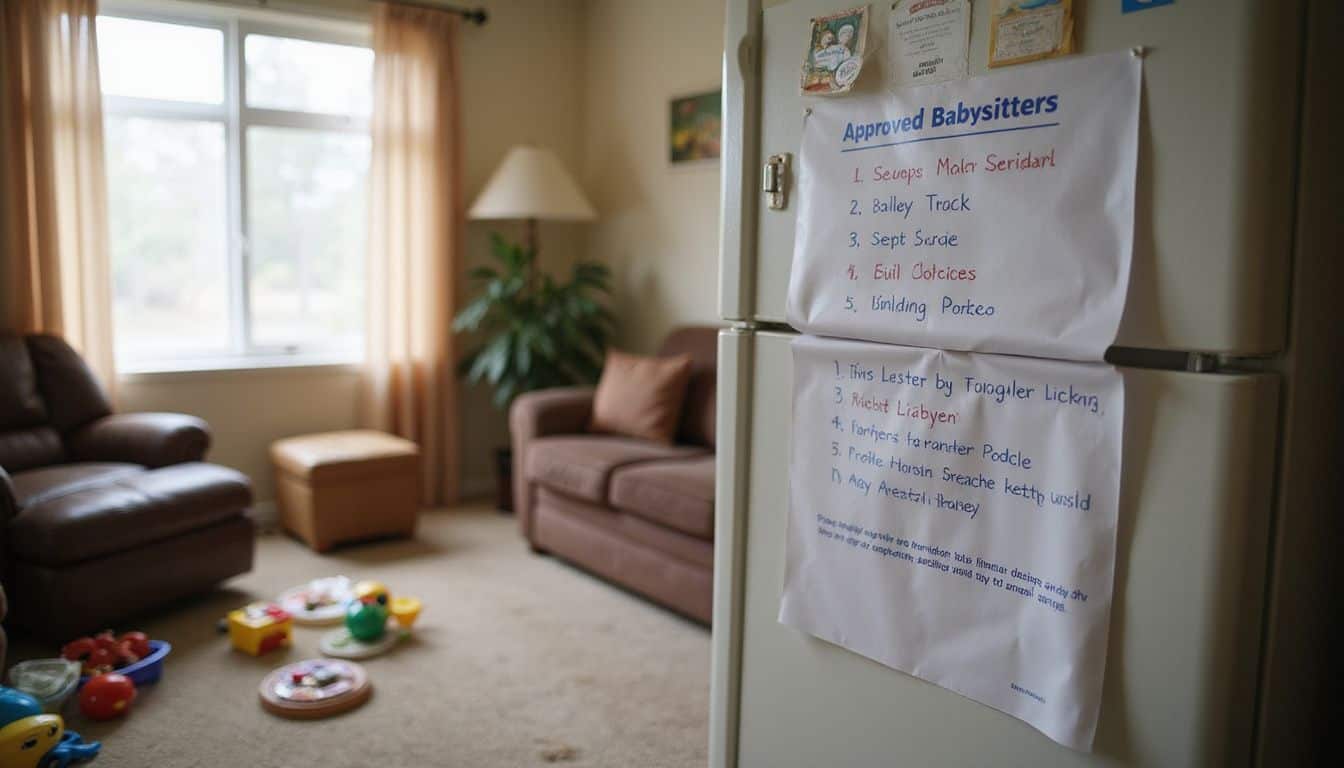
Foster parents must follow strict rules about who watches their foster children. You need to use approved sitters and never leave young kids alone without proper care.
No leaving foster children home alone
Safety rules in foster care matter—a lot. Children under 12 cannot stay home alone without an adult. These guidelines exist to offer consistent, dedicated care to kids who’ve likely faced past trauma.
Older children, aged 12 or more, can briefly stay alone—but only after they’ve spent at least two weeks settling into your home.
Proper adult supervision directly affects your foster child’s safety and emotional health. All babysitters need approval beforehand, along with clear emergency contacts and instructions.
It’s not just about following certain guidelines—it’s about providing an environment that feels safe, stable, and welcoming. Most children in foster care have faced insecurity in their pasts, making reliable adult presence vital to building trust and emotional growth.
No using unapproved babysitters
Just as foster kids can’t stay home alone, you also have firm guidelines about who can babysit them. Foster parents must only choose approved caregivers for the kids they’re fostering.
DFCS states that all regular sitters must be at least 18 and pass proper screening before watching foster children. This rule helps protect kids, many of whom might have experienced past trauma or abuse.
The safety of foster children depends on careful selection of every adult in their lives.
Still, DFCS rules provide some wiggle room if you occasionally need childcare on short notice. A babysitter can watch foster kids up to three times without formal DFCS approval. This rule gives foster parents a bit of breathing space during unexpected situations, while still making sure kids remain safe.
Many foster parents keep a ready-made list of approved babysitters handy, saving stress and confusion if childcare is suddenly necessary. Finding dependable childcare that fits all guidelines can feel tricky—but these rules help prevent issues that might otherwise disqualifies you from fostering.
Health and Medical Decisions

Foster parents must follow strict medical rules for children in their care. They need proper approval from social workers before making health choices that could affect a child’s well-being.
No refusing vaccinations
Vaccines protect foster children from serious diseases, and as a foster parent, they’re not something you can skip. State regulations require foster kids to get their immunizations on time, regardless of your personal feelings about vaccines for your own family.
I quickly learned this after becoming a foster mom to a five-year-old. That little one needed several catch-up shots, and the social worker clearly stated that missing these would risk my license.
Many new foster parents aren’t aware courts can step in, ordering the vaccines even if birth parents disagree.
As foster parents, we need to follow health guidelines that serve the child’s best interests. Your foster child’s health comes first—and vaccination helps them stay safe. During the licensing process, agencies check to see if you can meet these medical needs.
These rules protect children living closely together in foster homes, reducing outbreaks and keeping all the kids healthy. Kids in foster care already face enough challenges… catching a preventable illness shouldn’t become another one.
No withholding necessary medical care
Besides meeting vaccine rules, foster parents must handle every medical need of children placed in their homes. Kids in foster care often arrive with health problems that require immediate help.
Around half of foster children have urgent medical concerns left untreated—concerns that caregivers must address quickly. Foster parents can’t skip medical exams or overlook a child’s health condition due to personal views.
The health of foster children must always come first, even when it challenges our comfort zones.
Medical foster programs exist specifically for children facing serious medical conditions, whose biological families couldn’t provide proper care. Withholding medical treatment can lead to extended hospital stays, putting an already vulnerable child at risk.
These health guidelines protect children who likely faced neglect or lack of attention at their previous homes. Foster families must closely follow instructions from doctors and stick with suggested treatment plans, ensuring kids can heal and develop safely.
Mental health support is also critical, helping foster children overcome trauma and emotional pain that many carry with them.
Living Arrangements
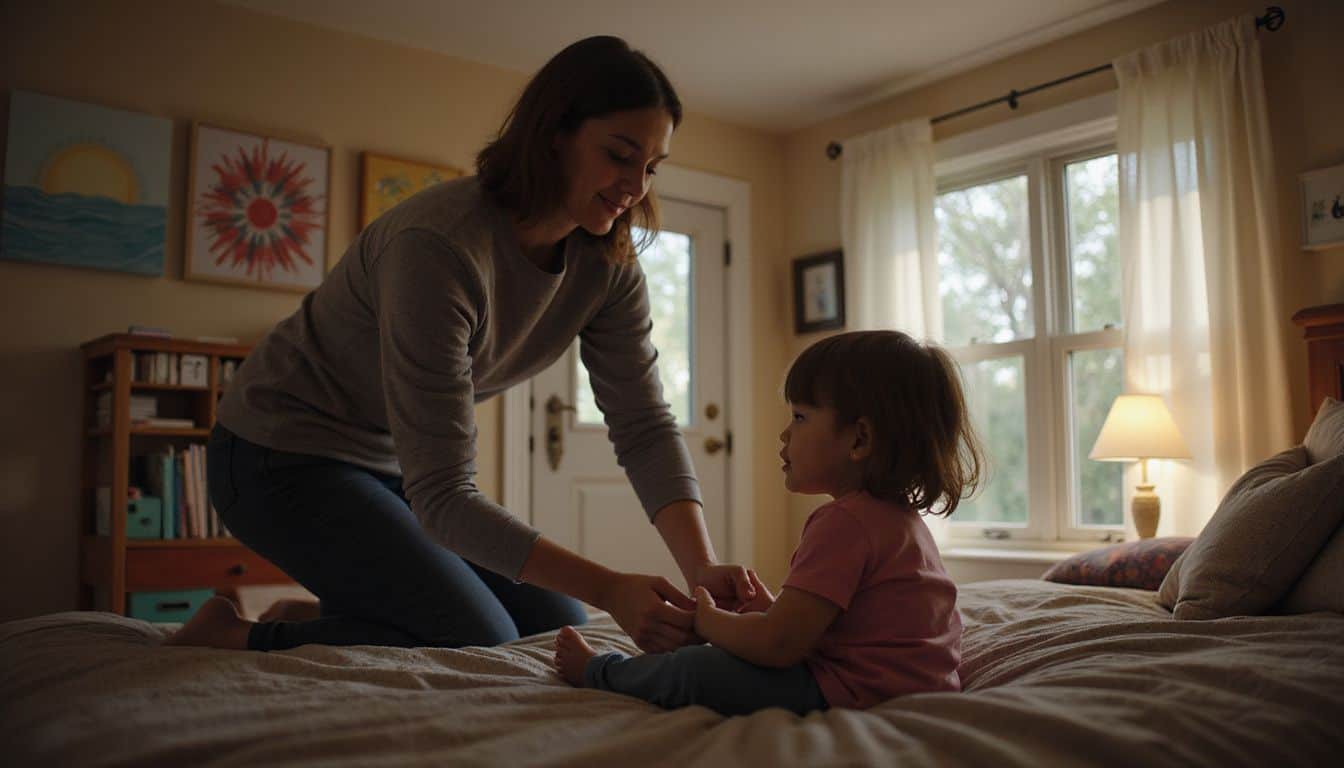
Foster parents must follow strict rules about where and how foster children sleep in their homes. Your home layout needs to meet safety standards that protect kids from harm and give them proper space to grow.
No co-sleeping with foster children
Co-sleeping with foster children is strictly prohibited in every state. This rule exists because sharing sleeping areas can confuse personal boundaries, especially for children who’ve experienced past trauma.
Foster parents must provide each child a separate bed in an appropriate room, based on age and gender guidelines. Many foster kids previously lived in environments lacking clear boundaries, so having their own bed helps create a sense of security and emotional comfort.
I first heard about this policy from my caseworker during my initial foster care placement. She explained that even though my own children sometimes shared beds—like on stormy nights or whenever they got sick—foster kids need different routines.
The law prioritizes safe and stable living spaces that boost kids’ feelings of privacy and safety. State inspections regularly verify that foster homes provide each child an individual bed and check rooms carefully for safety requirements.
No placing foster children in unsafe living conditions
Foster parents must create a safe living space for children placed in their homes. Unsafe conditions break foster care guidelines and put kids in danger. These children often come from difficult backgrounds—many have faced trauma at home—so foster homes need to be secure, calm, and protective environments.
Child services routinely inspect foster homes before placing kids and during follow-up visits. Inspections check for working smoke alarms, locked and safe windows, clean living areas, and proper food storage.
Foster families who don’t promptly address safety issues might lose their license or have children moved elsewhere. The child’s best interest always guides foster care decisions—safety is key to helping kids feel secure, recover from past hurts, and grow trust with new caregivers.
Travel and Relocation Restrictions

Foster parents must get approval before crossing state lines with their foster child. The rules protect kids from trafficking risks while making sure they stay connected to their birth families.
No moving to another state without approval
If you plan to move out of state as a foster parent, you’ll first need official approval. States typically have clear guidelines to ensure foster children remain within state boundaries—for very good reasons.
Your foster care license applies only in the state where it was issued. You can’t simply pack up and move across state lines. The main idea is stability, keeping the child’s environment as consistent as possible.
Relocating without prior consent can disrupt family visits, court hearings, and regular social worker visits. These sudden changes can cause extra stress, especially since foster kids often face frequent upheaval already.
Foster families must stay in their current states unless they get explicit permission from child welfare officials. Approval processes can take a bit of time. Agencies must carefully review whether your proposed move aligns with a child’s best interests.
They look into the services, schools, and resources available in your new area. Heading off without formal approval can even put your foster parent license in jeopardy. Even moving to a neighboring county means you’ll want to connect with your caseworker first, to ensure things are handled properly.
No traveling internationally without permission
Crossing state lines with foster kids always requires approval—and the same goes for international travel. Before taking any foster child abroad, foster parents must gain permission ahead of time.
This step protects kids and ensures everyone follows the law. Foster families need to coordinate closely with their child welfare agency to secure the necessary documents. Often, this involves obtaining a passport for the child, which can take extra time and paperwork.
International travel approvals aren’t immediate—they may take weeks or even months. Plus, certain children might have additional legal considerations, like special status under the Indian Child Welfare Act or immigration-related concerns.
Authorities always consider what’s best for the child as the top priority in decisions about travel. To keep travel plans smooth and trouble-free, foster families should speak openly with their social worker early in the planning stage.
Activity Limitations
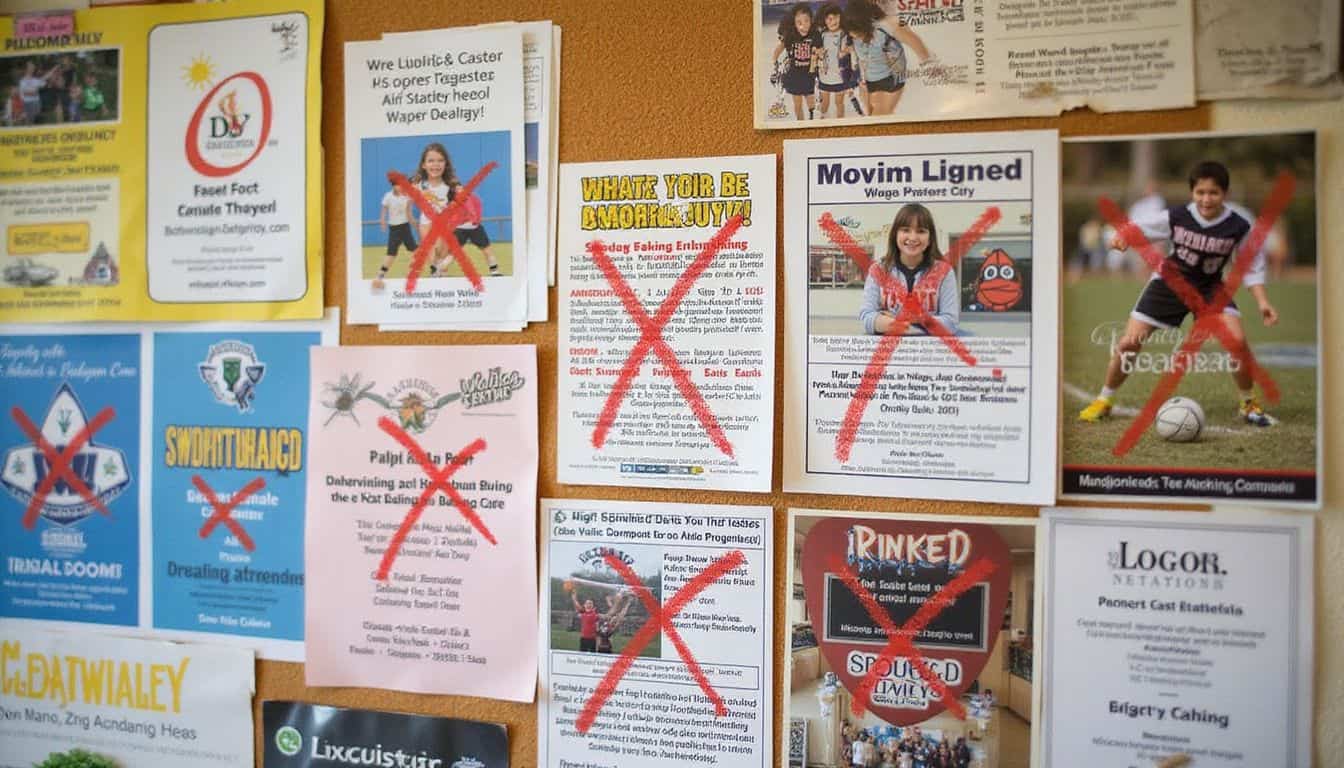
Foster parents must follow strict rules about what activities their kids can join. Certain sports and hobbies need special approval to keep children safe from harm.
No allowing participation in dangerous activities
Foster care regulations strictly prohibit children from participating in risky activities without official approval. That makes good sense—dangerous sports or events can cause injuries, along with triggering past trauma in kids who might already feel unsafe.
As a foster mom myself, I’ve witnessed how activities that seem thrilling to other kids can set off deep fears for foster children who’ve endured rough past experiences. These rules protect both the child and you from potential legal issues if an accident occurs.
Kids in foster care need an extra layer of safety and care. Your caseworker needs to give the green light before your foster child takes part in activities with any risk of injury.
Many foster kids have already dealt with enough scary events in their lives. Activities involving extreme sports or high-risk games may look exciting but can actually heighten anxiety for children still healing from past struggles.
Before signing any permission slips—for field trips, youth sports teams, or other activities that carry risk—always have a conversation with your agency.
No signing up for extreme sports without consent
Besides basic safety guidelines, foster parents must always get approval before signing kids up for extreme sports. Activities like rock climbing, motocross racing, or even skydiving need the agency’s go-ahead first.
I learned about this rule as a foster mom caring for three teenagers, after my 16-year-old asked to join a parkour class. Social workers carefully balance the risks and the benefits of high-impact sports.
Plus, the child’s enthusiastic agreement counts a lot—no pushing a nervous kid onto a skateboard ramp! Proper safety gear and supervision from qualified professionals are essential for any extreme sports activity that’s allowed.
Even if your foster child begs to join something exciting and daring, their safety is always the top priority.
Privacy and Respect Rules
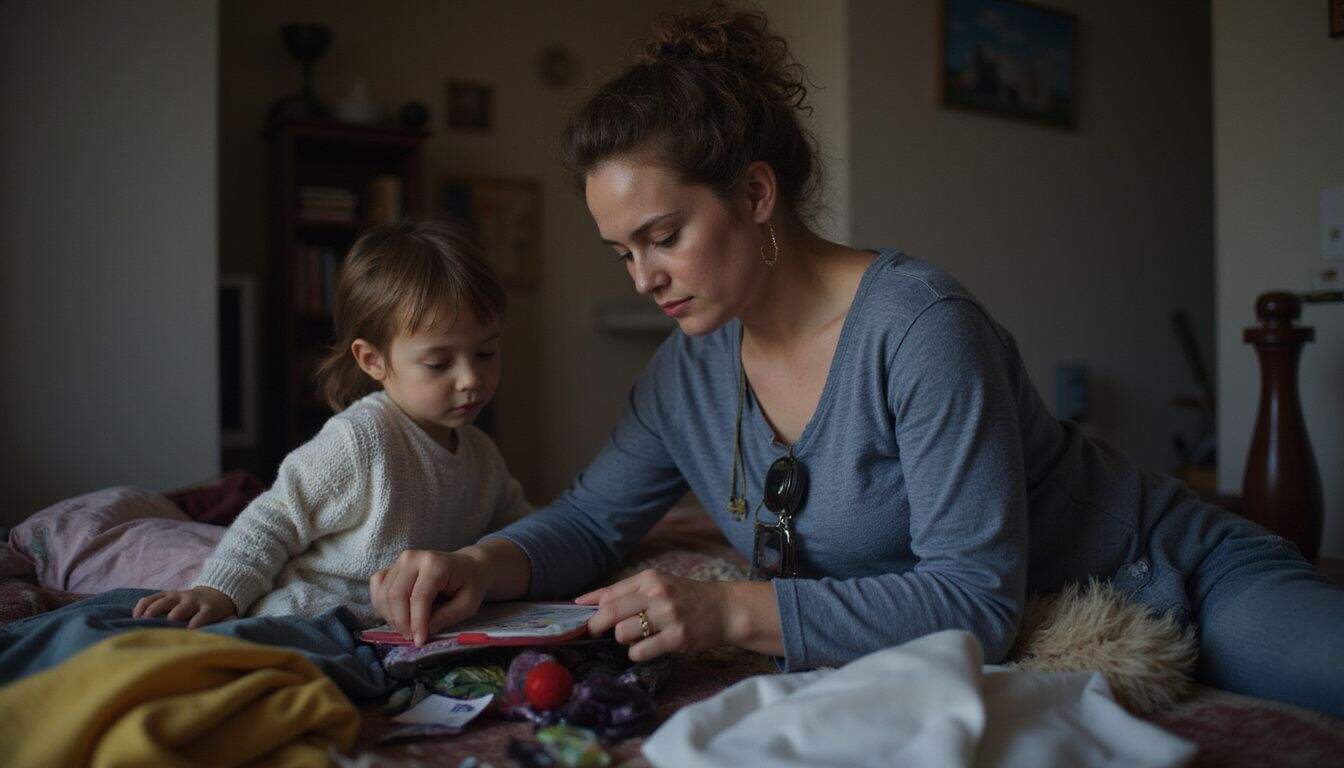
Respecting a foster child’s privacy goes beyond just knocking on their door. Foster parents must honor the child’s personal items and respect their cultural or religious practices as part of building trust.
No taking away personal items like phones unnecessarily
Foster kids have the right to keep personal belongings—including their phones. Many foster parents get tempted to take phones away as punishment, but that’s crossing an important boundary.
Often, foster children rely on their phones to stay connected with siblings, close friends, and support networks. During stressful and traumatic periods, these devices can provide comfort and stability.
I learned this firsthand with my first foster teen. She needed her phone to text her brother every single day. Removing her phone caused emotional harm and damaged our trust—definitely not the outcome I’d hoped for.
Rules that protect personal belongings exist for a crucial reason: having their own possessions gives foster children a sense of control when so much else feels uncertain.
Families caring for foster kids can—and should—find other ways to set clear boundaries. Those methods, though, shouldn’t compromise privacy rights or lead to attachment problems.
Social media activity might need some monitoring, of course, but never jump right to removing devices entirely as punishment.
No violating the child’s cultural or religious practices
Foster kids arrive with their own cultural and religious customs, vital to their identity and self-worth. I discovered this myself, after welcoming a young Muslim boy into my home—he needed a quiet space to perform his daily prayers.
Respecting these personal practices isn’t simply kind, it’s essential. In fact, the law instructs foster parents to honor a child’s culture rather than imposing their own beliefs onto them.
This cultural sensitivity also applies to food preferences, holidays, and spiritual traditions. Your foster child may follow specific diets or celebrate holidays completely different from yours.
Overlooking such differences can deeply hurt a child’s self-image, diminishing their confidence. Many foster kids already deal with identity struggles because they’ve experienced trauma.
Your role isn’t just about keeping kids physically safe—it’s also about safeguarding their cultural identity as they mature into adults.
How Will Foster Care Rules and Guidelines Evolve in 2025?

By 2025, foster care systems will put stronger focus on preventing crises, thanks to the Family First Prevention Services Act. That means more dollars flowing into mental health support, substance abuse programs, and parenting classes—all intended to strengthen families before issues become serious.
The new regulations will strongly favor placing kids with relatives, keeping brothers and sisters together, and preserving important family connections. As a good mom, you’ll soon see these improvements aiming to lower trauma for foster kids.
Foster homes nationwide will face stricter standards, too. Foster parents will need extra training geared toward trauma-informed care skills. Background checks will become more detailed, ensuring better protection of children’s safety.
Social media rules for foster parents will tighten, clearly defining what they can or can’t share online. States will also dedicate increased resources toward stopping child sex trafficking, offering specific training for foster families on identifying possible risks.
Child welfare systems across the country are clearly moving to child-centered models that place the child’s well-being above all else.
People Also Ask
Can foster parents decide vaccinations for foster kids?
Foster parents must follow vaccination guidelines issued by DCFS. Personal beliefs cannot override these requirements. The child’s health and best interests always come first in making medical decisions.
Can foster parents post photos of foster children on their social media?
No, foster parents cannot share foster children’s pictures online—no matter the platform. This protects children’s privacy and safety, particularly for kids who’ve experienced trauma or abuse.
What discipline methods are off-limits for foster parents?
Physical punishment, yelling, or harsh discipline are strictly against the rules. Foster parents must offer positive guidance, respecting the child’s feelings and personal boundaries. Breaking these rules can lead to foster placement ending early.
Is drinking alcohol allowed for foster parents while caring for foster kids?
Foster parents need to avoid alcohol and substance misuse while caring for foster children. Kids in foster homes often experienced addiction in their birth families, so providing a safe and stable home matters greatly.
What rules must foster parents follow about education and daycare for foster kids?
Foster parents must coordinate with social workers when deciding daycare or educational choices. They should guide and support kids’ learning, following the rules from the Indian Child Welfare Act (ICWA) and the Preventing Sex Trafficking and Strengthening Families Act—helping prepare children for successful adulthood.
References
https://tfifamily.org/are-you-allowed-to-post-foster-kids-on-social-media/ (2022-09-21)
https://familyapex.com/what-are-foster-parents-not-allowed-to-do/ (2020-06-24)
https://www.hennepin.us/-/media/hennepinus/residents/human-services/foster-parents/foster-parent-guide.pdf (2019-10-14)
https://www.cdss.ca.gov/lettersnotices/EntRes/getinfo/acin/2015/I-28_15.pdf (2015-06-10)
https://www.nature.com/articles/pr2015196
https://www.instagram.com/foster.parenting/p/CpvSwavJBYp/
https://pmc.ncbi.nlm.nih.gov/articles/PMC9840164/
https://www.ncsl.org/human-services/-foster-care-bill-of-rights (2019-10-29)
